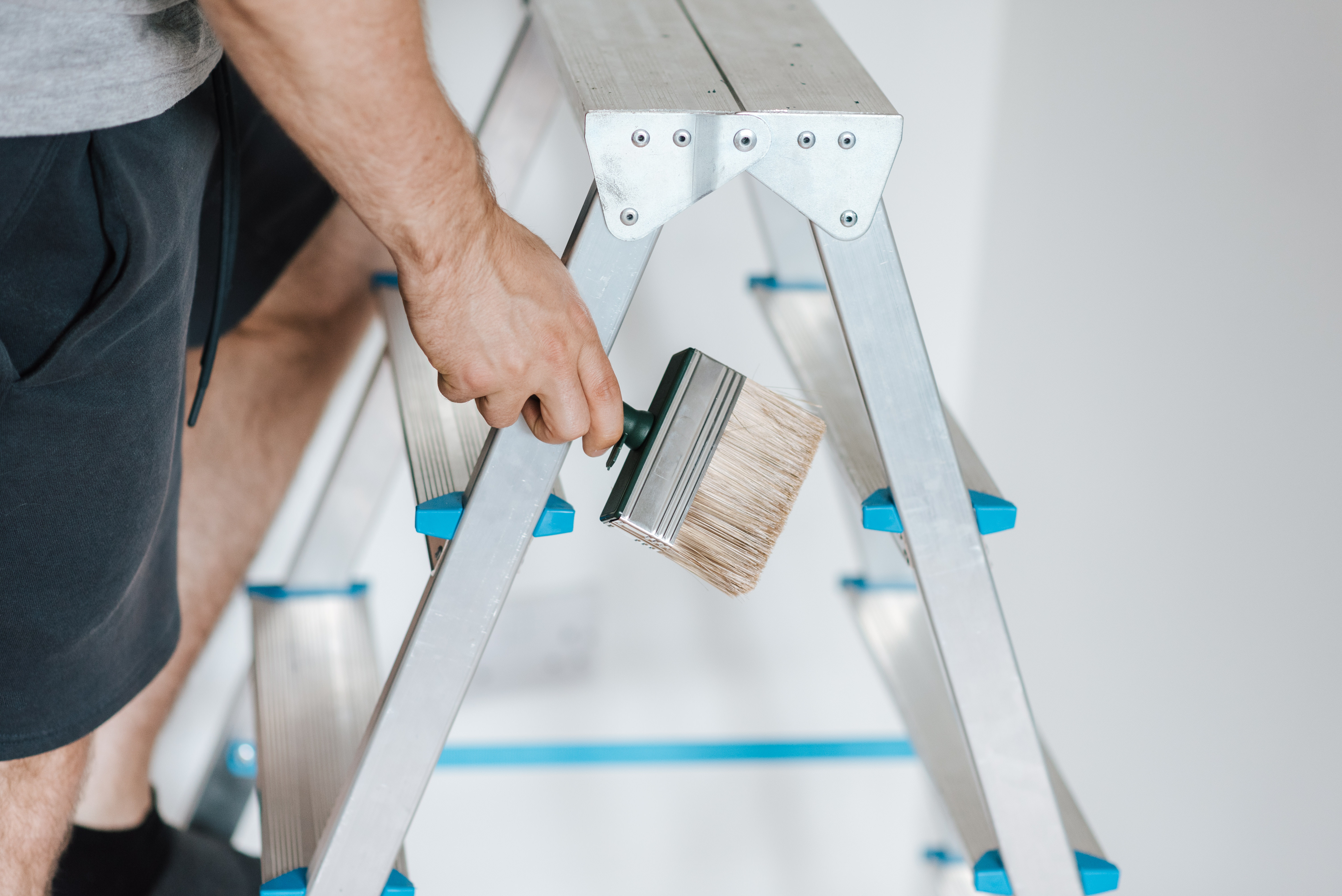When thinking about how to add value to your home and increase ROI, sometimes it’s better to think small rather than big. Sure, a full kitchen reno would be nice, but there are plenty of more-economical upgrades that can bring up your listing price. Armed with just $1,000, here are five renovation ideas that will increase ROI – and the likelihood of a quick sale!
Shut the Front Door!
We all know first impressions are important, so the first step is making sure your home’s front door is in tip-top shape. You can do this by replacing the door outright ($1,000) or repainting it ($75 for paint and tools).
Rolling up your sleeves and pulling out the sandpaper is definitely the most frugal option if you’re up for it. Opt for a bold colour that will stand out from the street and add curb appeal, such as ruby red or yellow. Also, look for an easy-to-install decorative door knocker to give the door an elevated, decorative vibe. If the door needs more than a coat of paint to revive it, spending extra replacement cash will pay off. Installing a brand new front door — especially a steel one — can increase ROI by thousands of dollars.
Totally Floored
If your home has outdated flooring, such as wall-to-wall carpet or linoleum, bring it into the modern age. Talk to your local flooring company about how much square footage they could replace, staying within your $1,000 budget.
There are some surprisingly cost-effective options out there thanks to material advances, such as tongue-in-groove laminate wood or eco-harvested bamboo. New flooring is always appealing to prospective buyers because it gives the house a clean-slate feeling. In fact, a new floor could increase ROI enough to double your original cost when pricing out your property.
Brass Tacks
Look around your house and if you spot the shine of 1980s brass fixtures, replace every last one of them. This once-popular faux metal makes a home look instantly outdated and, well, cheap. In fact, if any of your home’s knobs, pulls or faucets are older than 10 years, now’s the time for an upgrade.
Ranging in price from $2 to $50, look for brushed nickel, oil-rubbed bronze or black or white fixtures – and keep the same treatment throughout. Even if the items they’re attached to are a little worse for wear, new hardware will instantly increase ROI.
Bright Ideas
To showcase your home in the best light and increase ROI, consider installing new overhead light fixtures throughout your home. Creating a cohesive lighting plan by matching fixtures and shades, and adding floor and table lamps will catch the eye of discerning buyers.
With a revamp budget of $1,000, set aside $100-$200 per fixture and $10 per room for packages of soft, incandescent light bulbs. Also, replace standard light switches with energy-efficient dimmer models ($10-$20). Cutting utility bills is important to buyers.
Deep Clean
Though it might be hard to believe, cleaning the front of your home could increase its value by several thousands of dollars. Renting a power washer can cost less than $100 per day, allowing you to remove dirt and mildew from top to bottom.
If you have no interest in getting down and dirty, hiring a house maintenance company will probably set you back around $200. Go the extra mile — and increase your ROI — by also repainting the trim and fascia boards for $1,000. Paying a professional cleaning or painting company to refresh the face of your house will add instant value.
If used strategically, a $1,000 investment could pay for itself – and then some! – when it’s time to list your property. Click here to reach out to the Sandy Smallbone Team for more information.
Article courtesy of RE/MAX Canada and HGTV.ca




